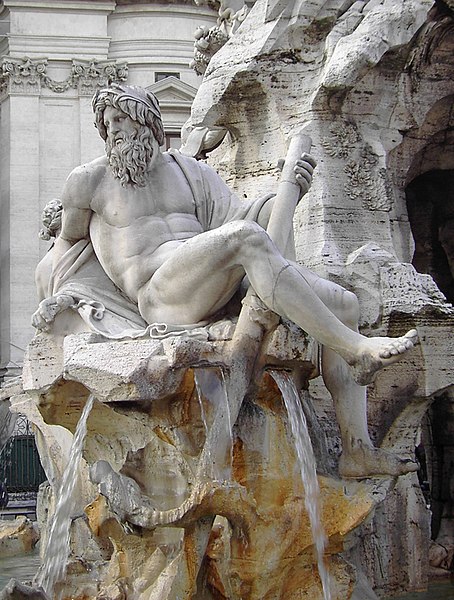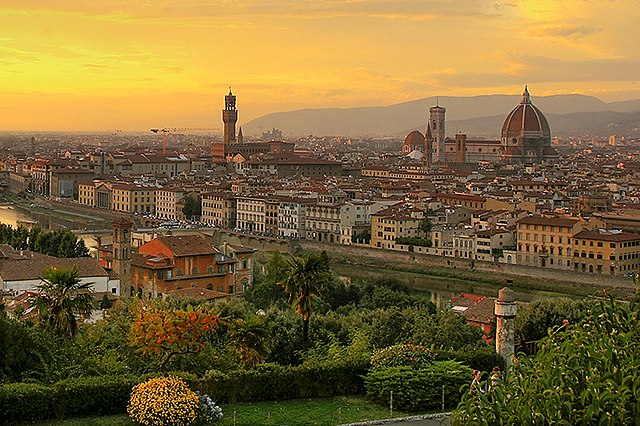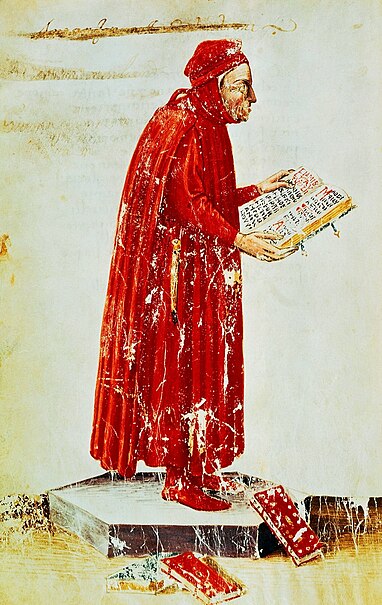Classicism, in the arts, refers generally to a high regard for a classical period, classical antiquity in the Western tradition, as setting standards for taste which the classicists seek to emulate. In its purest form, classicism is an aesthetic attitude dependent on principles based in the culture, art and literature of ancient Greece and Rome, with the emphasis on form, simplicity, proportion, clarity of structure, perfection, restrained emotion, as well as explicit appeal to the intellect. The art of classicism typically seeks to be formal and restrained: of the Discobolus Sir Kenneth Clark observed, "if we object to his restraint and compression we are simply objecting to the classicism of classic art. A violent emphasis or a sudden acceleration of rhythmic movement would have destroyed those qualities of balance and completeness through which it retained until the present century its position of authority in the restricted repertoire of visual images." Classicism, as Clark noted, implies a canon of widely accepted ideal forms, whether in the Western canon that he was examining in The Nude (1956).

Jacques-Louis David, Oath of the Horatii, 1784, an icon of Neoclassicism in painting
Fountain of the Four Rivers, Bernini, 1651.
Classicist door in Olomouc, The Czech Republic.
Molière in classical dress, by Nicolas Mignard, 1658.
The Renaissance is a period in history and a cultural movement in Europe marking the transition from the Middle Ages to modernity. It generally covers the 15th and 16th centuries and is characterized by an effort to revive and surpass the ideas and achievements of classical antiquity. Associated with great social change in most fields and disciplines, including art, architecture, politics, literature, exploration and science, it was first centered in the Republic of Florence, then spread to the rest of Italy and later throughout Europe. The term rinascita ("rebirth") first appeared in Lives of the Artists by Giorgio Vasari, while the corresponding French word renaissance was adopted into English as the term for this period during the 1830s.
Florence, birthplace of the Italian Renaissance. The architectural perspective and new systems of banking and accounting were introduced during the time.
Portrait of a Young Woman (c. 1480–85) (Simonetta Vespucci) by Sandro Botticelli
View of Florence, birthplace of the Renaissance
Coluccio Salutati








